Hi there, pet lovers! 🦙
Alpacas have become increasingly popular around the world, not only for their gentle personalities and striking looks but also for their luxurious fiber, which is softer and warmer than sheep’s wool. Originally from South America, alpacas are part of the camelid family, closely related to llamas, vicuñas, and guanacos. While they may look exotic, they can thrive outside of their native Andes mountains when given proper care.
In this comprehensive review, we’ll cover everything about alpacas: their temperament, daily care, housing needs, health concerns, and costs. Whether you are considering keeping alpacas as pets, for fiber production, or simply as charming additions to your homestead, this guide will help you understand what life with these unique animals is really like.
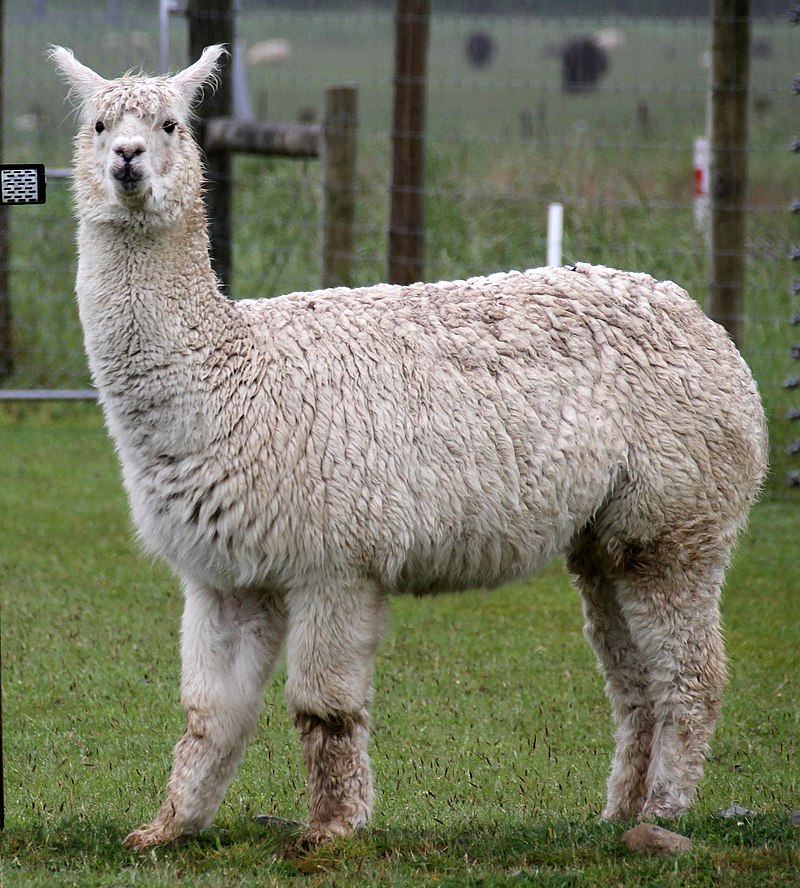
Overview
Alpacas (Lama pacos) are medium-sized camelids native to Peru, Bolivia, and Chile, bred for thousands of years for their fleece. They are social herd animals that thrive in groups and can live up to 20 years with proper care. Here’s a quick summary of what makes them stand out:
- Handling and Temperament: Calm, gentle, but require a herd for happiness.
- Care and Maintenance: Moderate care needs with special attention to pasture, shelter, and shearing.
- Health and Durability: Generally hardy but require routine care such as vaccinations, deworming, and dental checks.
- Availability: Increasingly available through specialized breeders worldwide.
- Cost: Initial purchase and setup can be expensive, but maintenance is manageable.
- Overall: Ideal livestock for fiber production, hobby farming, or as companion animals—provided they are kept in groups and given proper care.
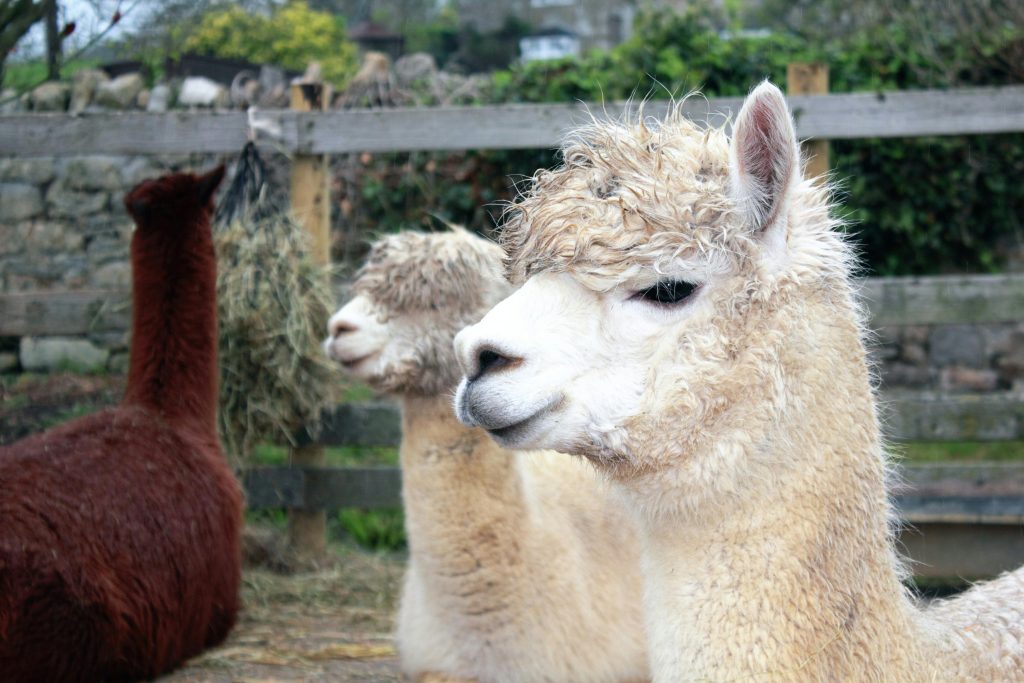
Why Choose an Alpaca?
Alpacas appeal to people for several reasons. Their calm and curious personalities make them less intimidating than larger livestock like cattle or horses. Their fleece is one of the most sought-after natural fibers, prized for its hypoallergenic qualities, lightweight warmth, and softness. Alpacas are also environmentally friendly grazers, with padded feet that are gentler on pastures compared to hooved animals.
They do, however, have specific needs. Alpacas are not solitary pets—keeping at least two (preferably three or more) is essential for their well-being. They are not animals to cuddle like dogs or cats but are better appreciated for their quiet presence, beauty, and fiber.
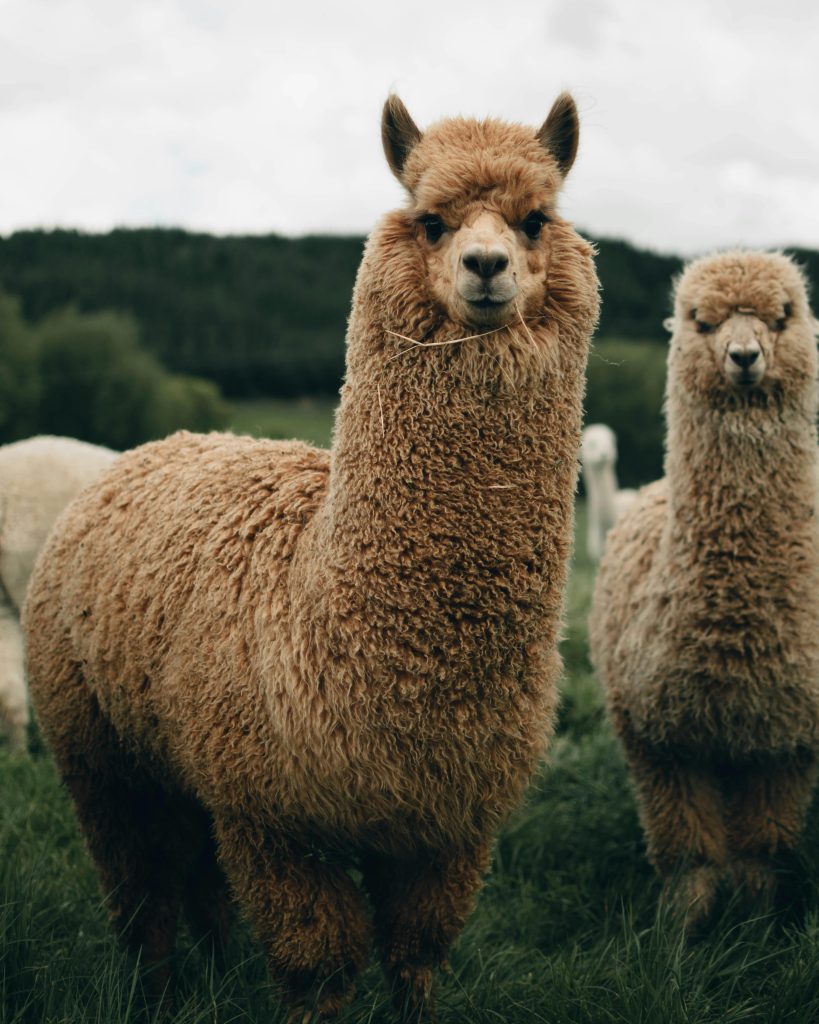
Handling and Temperament
Alpacas are known for their gentle and social personalities. Unlike llamas, which are often used as guard animals, alpacas are more timid and prefer to stay within their herd.
Social Behavior
- Herd Animals: Alpacas should never be kept alone. They rely heavily on companionship, and isolation can cause stress and illness.
- Interaction with Humans: While not typically affectionate in a dog-like sense, many alpacas become curious and comfortable around their caregivers.
- Temperament Differences: Some alpacas are naturally friendlier, while others prefer distance. Breeding, handling, and early exposure to humans influence this greatly.
Handling Tips
- Approach alpacas calmly and avoid sudden movements.
- They can be halter trained but patience and consistency are required.
- While generally docile, they may kick or spit if threatened or cornered.
Spitting Behavior
Alpacas may spit, but usually at each other rather than humans. Spitting is a way of establishing dominance or expressing annoyance. When directed at people, it usually means the animal feels stressed.
Overall, alpacas are calm and manageable animals, but respecting their boundaries and herd dynamics is key.
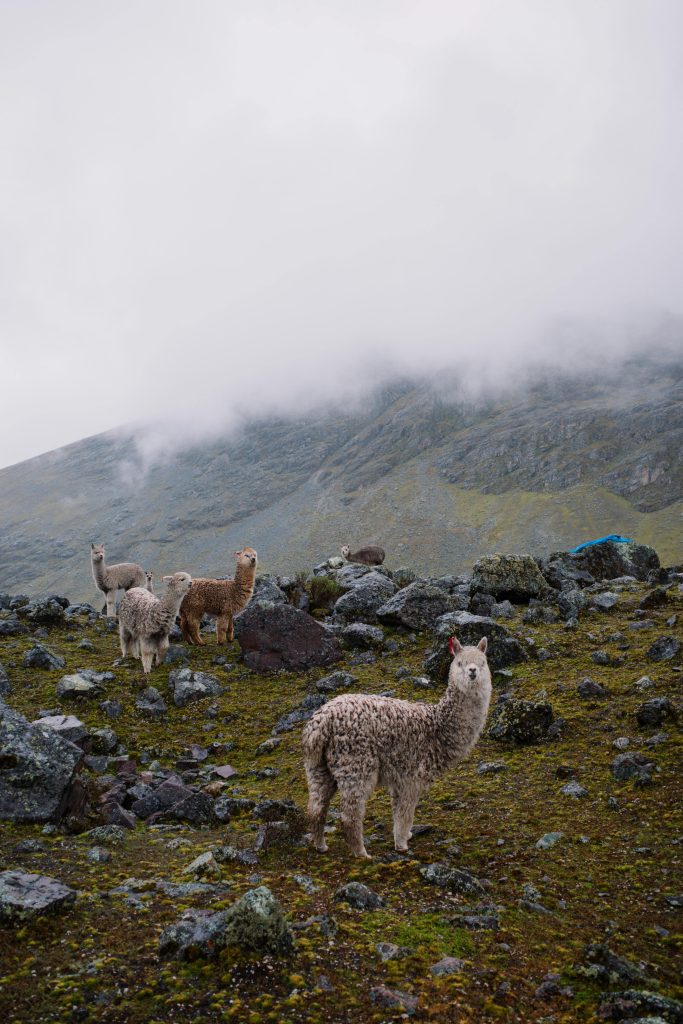
Care and Maintenance
Caring for alpacas requires proper housing, grazing land, routine health care, and attention to their fiber. They are relatively low-maintenance compared to other livestock, but their care should not be underestimated.
Housing and Space Needs
- Pasture Size: A general guideline is 5–10 alpacas per acre, depending on pasture quality.
- Shelter: Alpacas need a simple three-sided shelter to protect them from wind, rain, and harsh sun. They are hardy animals but benefit from dry, draft-free environments.
- Fencing: Use 4–5-foot-high fencing, ideally no-climb woven wire, to keep alpacas safe from predators such as dogs or coyotes.
Feeding Requirements
- Diet: Primarily pasture grass and hay. A single alpaca consumes about 1.5–2% of its body weight daily (average alpaca weight is 120–190 pounds).
- Supplements: Mineral supplements, especially with selenium (depending on local soil conditions), are often necessary.
- Water: Fresh, clean water must always be available.
Grooming and Fiber Care
- Shearing: Alpacas must be shorn once a year, usually in spring. This prevents overheating and provides valuable fiber.
- Toenail Trimming: Toenails should be trimmed every 2–3 months.
- Dental Care: Teeth may need filing or trimming, as alpacas’ teeth continuously grow.
Daily maintenance is simple—feeding, checking water, and monitoring their condition—but annual shearing and veterinary checks require planning.
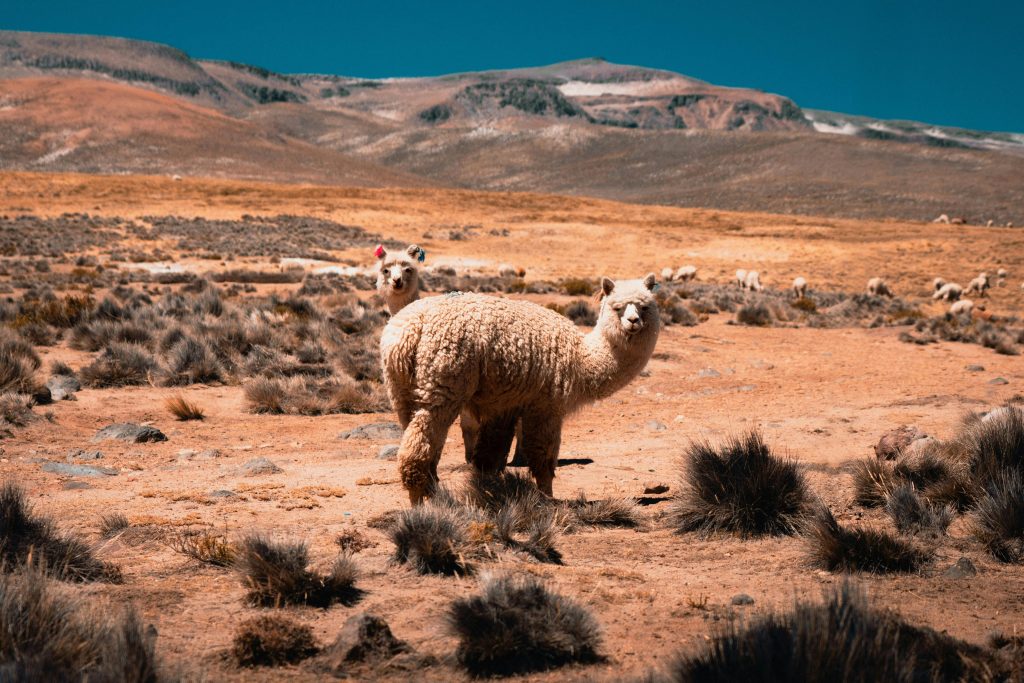
Health and Durability
Alpacas are generally hardy animals that adapt well to different climates, but like all livestock, they need routine care to remain healthy.
Common Health Issues
- Parasites: Internal parasites are a concern, requiring regular fecal testing and deworming as needed.
- Heat Stress: Alpacas are adapted to cooler climates and can overheat in hot, humid conditions. Proper shearing, shade, and ventilation are critical.
- Meningeal Worm: In North America, this parasite transmitted by white-tailed deer can cause severe neurological issues. Preventative medication and pasture management are essential.
- Dental Problems: Malocclusion (misaligned teeth) can occur, requiring trimming.
Preventative Care
- Vaccinations: Commonly for clostridial diseases (e.g., CDT vaccine).
- Deworming: Based on veterinary guidance.
- Routine Checks: Monitor body condition, weight, teeth, and fleece.
With proper care, alpacas can live 15–20 years, making them a long-term commitment.
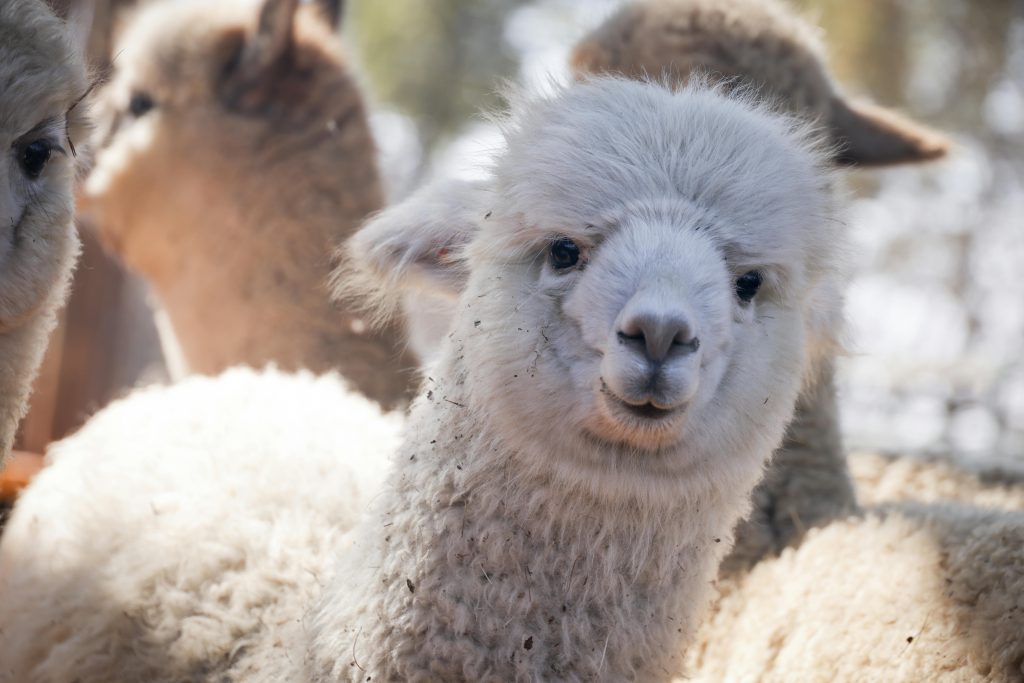
Availability and Cost
Alpacas are widely available through specialized breeders, and their numbers have steadily increased outside of South America since the 1980s.
Where to Buy
- Breeders: The best option, as breeders provide healthy animals and can guide new owners.
- Alpaca Farms and Ranches: Many sell both breeding stock and fiber animals.
- Rescue Organizations: Some alpacas are available for adoption from rescue groups.
Costs
- Purchase Price: $250–$1,500 for pet/fiber-quality alpacas; $5,000–$20,000+ for top breeding stock.
- Setup Costs: Shelter, fencing, and pasture preparation can range from $1,000–$10,000 depending on scale.
- Ongoing Costs: Average $200–$300 per year per alpaca for feed, shearing, and veterinary care.
While alpacas require investment, fiber sales and agrotourism opportunities (farm visits, alpaca walks, etc.) can offset costs.
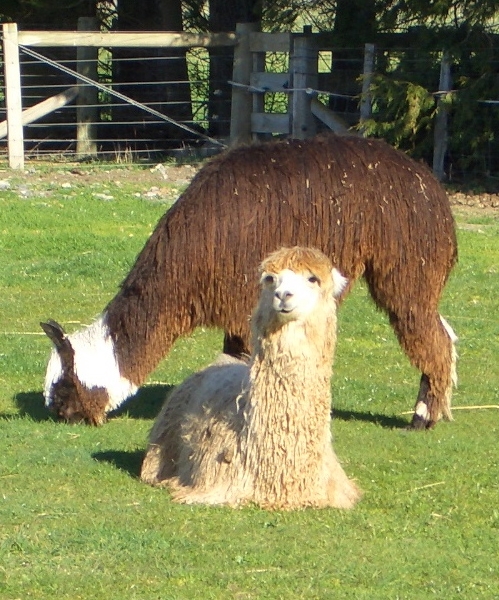
Pros and Cons
Pros
- Gentle and calm temperament.
- Environmentally friendly grazers with minimal pasture damage.
- Highly valuable fleece, soft and hypoallergenic.
- Hardy animals with long lifespans.
- Low-maintenance daily care compared to larger livestock.
Cons
- Must be kept in groups, not suitable as solitary pets.
- Require annual shearing and specialized care.
- Initial costs can be high.
- Susceptible to heat stress in hot climates.
- Not affectionate or cuddly like dogs or cats.
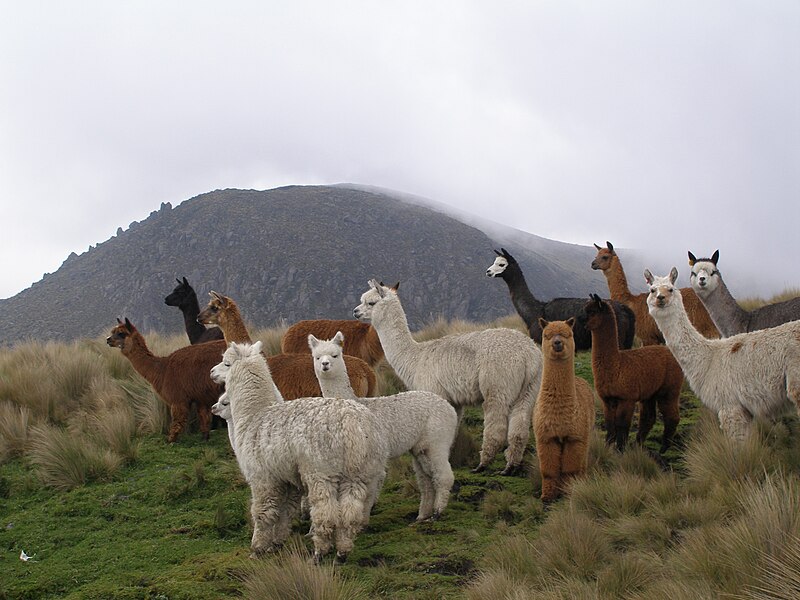
Final Thoughts
Alpacas are a wonderful choice for hobby farmers, fiber enthusiasts, or anyone looking to keep gentle livestock. Their unique personalities, luxurious fleece, and minimal environmental impact make them a valuable and enjoyable addition to farms and homesteads. However, they are herd animals that require companionship, and their care demands commitment, especially regarding shearing, veterinary attention, and pasture management.
For those willing to invest the time and resources, alpacas provide not only beautiful fiber but also a calm and enriching presence in daily life. Their quiet hums, curious nature, and graceful appearance ensure they quickly become favorites among anyone who spends time with them.
Have you spent time with alpacas? Share your experiences in the comments below—we’d love to hear how these remarkable animals have brightened your farm or homestead.
For more detailed pet and livestock care reviews, keep following our blog for expert insights. 🦙

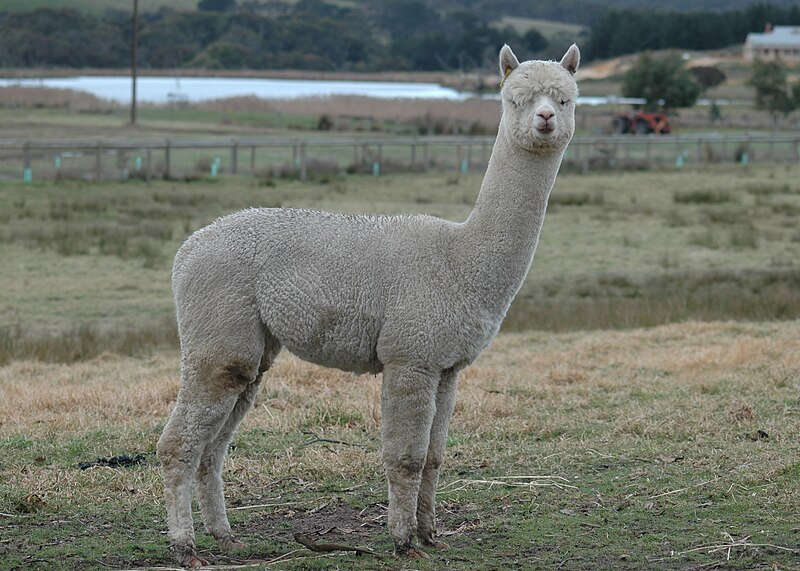


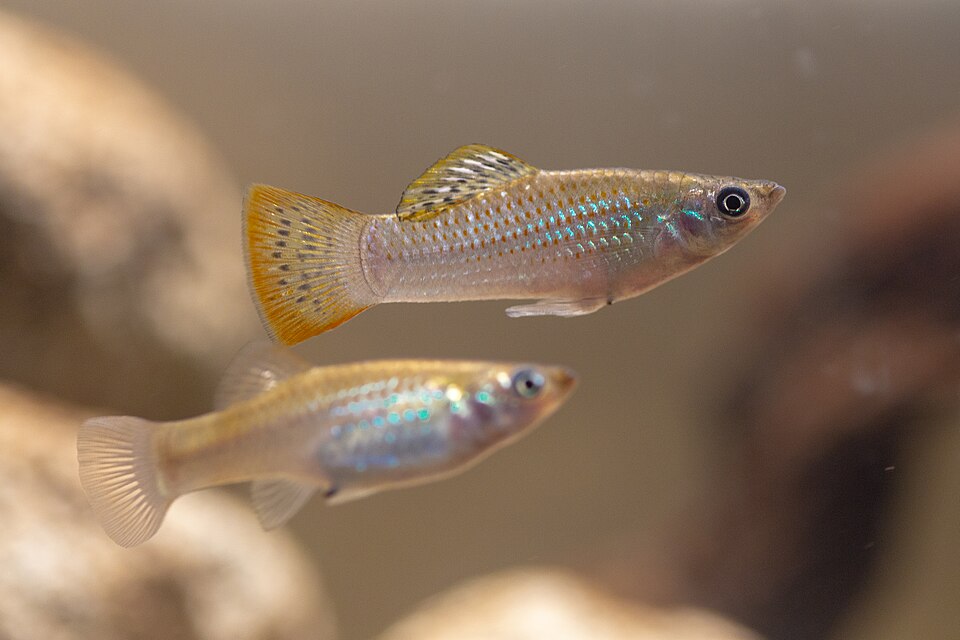
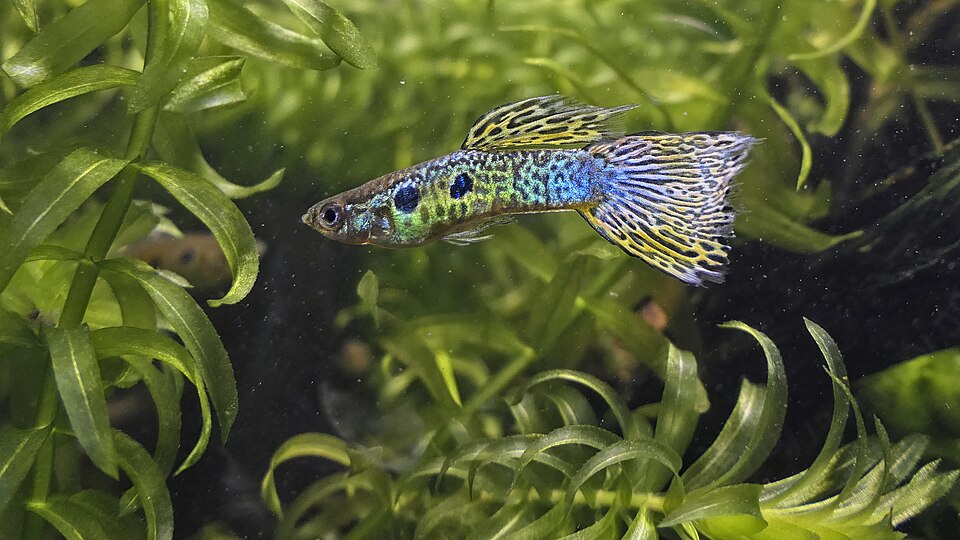
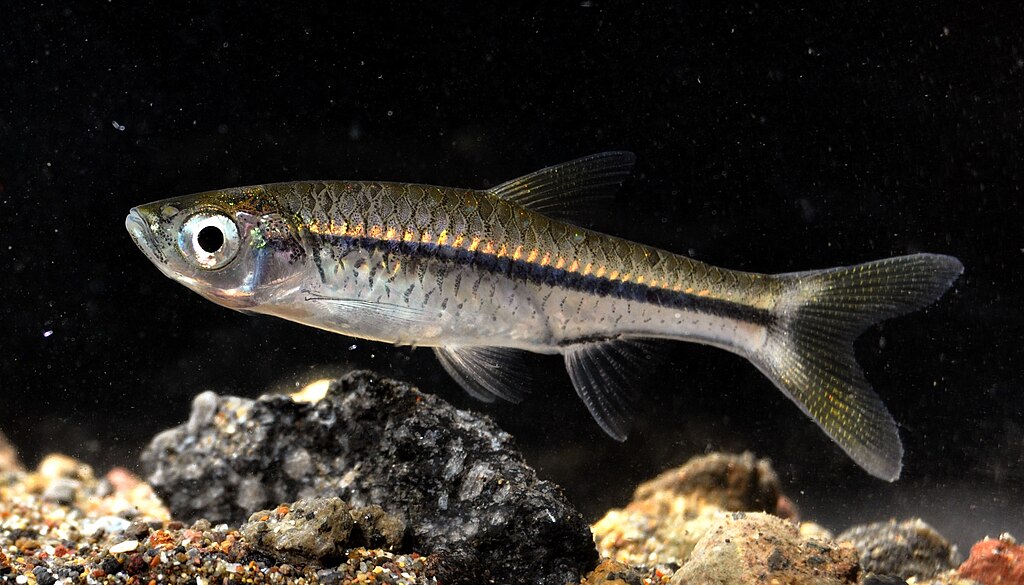
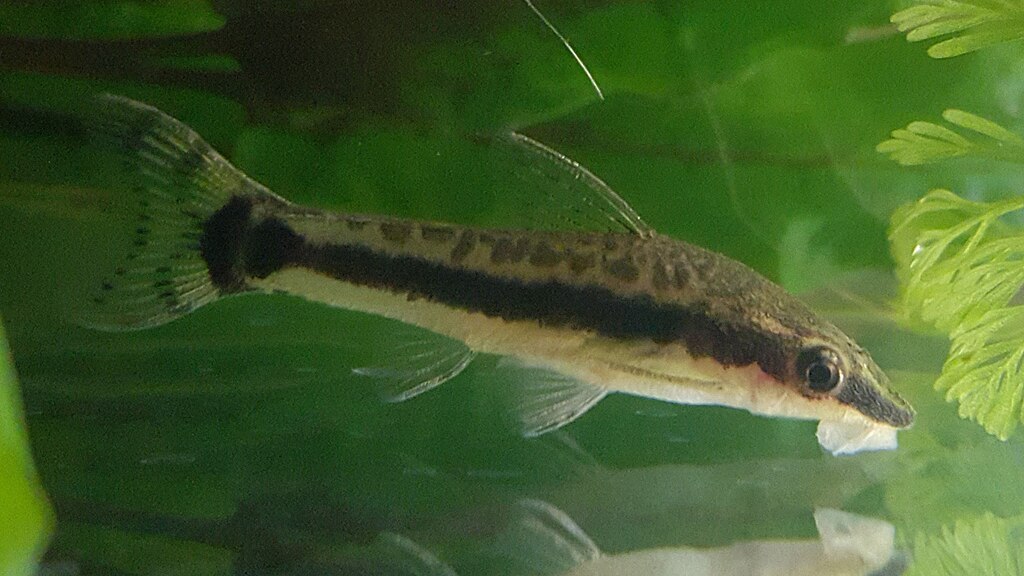
Leave a Reply